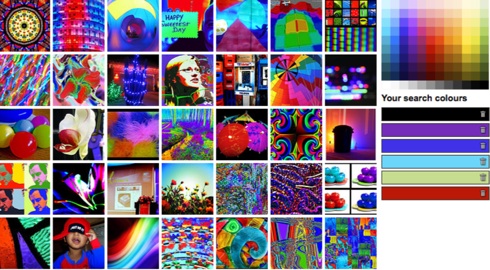Based on the post about nanocars combined with programmable material I thought that in our future of 2050 all ugly buildings will disappear from the earth en masse. The current owners may go on vacation for a few weeks and millions, maybe even billions, of microrobots (nano/bio) will be poured over a building that's then broken down molecule by molecule, gets separated and deported immediately to be rebuilt into a new building with the same technology and recycled material. Completely automated. Or a complete city that wants to be moved because it's inconveniently below sea level. Or because the inhabitants would rather live by the sea. Or have some more sun. That's a weird world, isn't it? Or does everything think this is normal? Did it, done it?



